Home>Articles>How To Turn Off Power At The Fuse Box In Older Homes
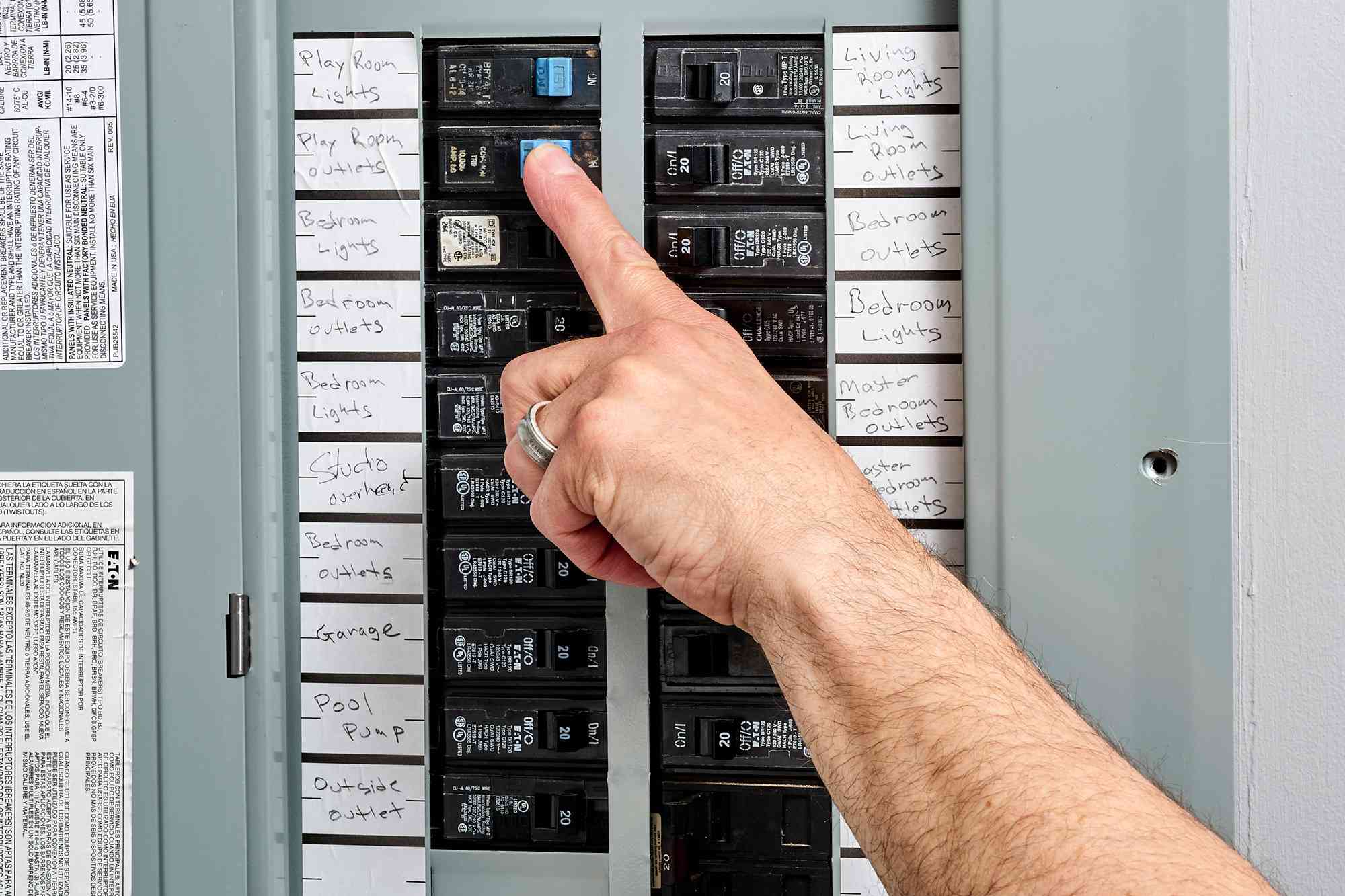

Articles
How To Turn Off Power At The Fuse Box In Older Homes
Modified: December 7, 2023
Learn how to safely turn off the power in older homes with this informative article. Discover step-by-step instructions for shutting off the electricity at the fuse box.
(Many of the links in this article redirect to a specific reviewed product. Your purchase of these products through affiliate links helps to generate commission for Storables.com, at no extra cost. Learn more)
Introduction
Welcome to a comprehensive guide on how to turn off the power at the fuse box in older homes. If you are a homeowner or a resident of an older property, it is important to know how to safely and effectively shut off the power supply in case of emergencies or when performing electrical repairs or upgrades. Understanding the fuse box and knowing how to navigate it will not only keep you safe but also prevent any potential damage to your home’s electrical system.
In older homes, the fuse box serves as the main control center for the electrical supply. It houses the fuses or circuit breakers that protect the different electrical circuits in your home from overloads or faults. The fuse box is usually located in a utility room, basement, or garage, and it may appear as a metal box or a wooden panel with fuses or switches.
Before we delve into the steps of turning off the power at the fuse box, it is essential to emphasize the importance of doing so. Shutting off power is crucial to prevent electrical accidents, such as shocks or fires, especially when working on electrical projects or dealing with faulty appliances. Additionally, turning off power can safeguard you from potential injuries by eliminating the risk of coming into contact with live wires or energized circuits.
However, it is necessary to exercise caution when working with electricity, as it can be hazardous. Always prioritize your safety by following the right procedures and taking the necessary precautions. It’s also a good practice to wear protective gear, such as rubber gloves and goggles, to minimize the risk of injury.
In the next sections, we will discuss the tools you’ll need and the safety precautions to take when turning off power at the fuse box in older homes. We’ll then provide you with a step-by-step guide to help you effectively shut off the power supply. Additionally, we’ll address common issues you may encounter and provide troubleshooting tips to overcome them. So, let’s get started on mastering the art of turning off power at the fuse box in older homes!
Key Takeaways:
- Master the art of turning off power at the fuse box in older homes to prevent electrical accidents, protect electronic devices, and ensure the safety of your home and loved ones.
- Prioritize safety by understanding the fuse box, following safety precautions, and seeking professional help when needed. Take control of your home’s electrical system with confidence and knowledge.
Read more: How To Turn Off Older Alarm Systems
Understanding the Fuse Box in Older Homes
Before you can effectively turn off the power at the fuse box in older homes, it’s important to have a clear understanding of how the fuse box functions. In older homes, the fuse box is the central hub where electrical circuits are connected and protected. It contains fuses or circuit breakers that act as a safety mechanism to prevent electrical overloads or faults from damaging the electrical system.
The fuse box is typically located in a utility room, basement, or garage, and it is usually a metal box or a wooden panel with a series of fuses or switches. Each fuse or switch corresponds to a specific electrical circuit in your home, such as lighting, appliances, or outlets.
In older homes, fuses are commonly used as the protective devices. Fuses are essentially thin metal wires housed in a ceramic or glass tube. When the current passing through a circuit exceeds the designated limit, the fuse wire melts, interrupting the electrical flow and protecting the circuit from damage.
On the other hand, newer homes may have circuit breakers installed instead of fuses. Circuit breakers are switches designed to automatically trip and cut off the power supply to a circuit when excessive current is detected. They can be manually reset after tripping, whereas fuses need to be replaced once blown.
It’s essential to familiarize yourself with the layout of your fuse box. Take a moment to identify and label each fuse or switch according to the corresponding electrical circuit in your home. This will make it easier to locate the specific circuit you need to turn off when necessary.
It’s worth noting that in older homes, the fuse box may not have clear labels or indications of the circuits. In this case, you may need to trace the electrical wires from the fuse box to identify which circuit they belong to. If you are uncertain or uncomfortable with this process, it’s recommended to consult a qualified electrician to assist you.
Understanding the functionality and layout of the fuse box is the first step towards safely turning off power in your home. In the next section, we will discuss the significance of turning off power at the fuse box and why it is crucial for your safety and the protection of your home’s electrical system.
The Importance of Turning Off Power at the Fuse Box
Turning off power at the fuse box is a crucial step when performing electrical repairs, upgrades, or even in emergency situations. It is vital for your safety and the protection of your home’s electrical system. Let’s explore the key reasons why it’s important to shut off power at the fuse box:
1. Prevent Electrical Accidents: Working on live electrical circuits can be extremely dangerous. By turning off power at the fuse box, you eliminate the risk of electric shocks, burns, or other injuries that can occur when coming into contact with live wires. It is always better to be safe than sorry.
2. Avoid Fire Hazards: Faulty electrical wiring, overloaded circuits, or damaged appliances can lead to electrical fires. By cutting off power at the fuse box, you reduce the risk of electrical fires starting while you are working on or troubleshooting electrical issues. This can potentially save lives and prevent significant property damage.
3. Protect Electronic Devices and Appliances: Power surges can damage sensitive electronic devices and appliances. By turning off power, you prevent unexpected power surges from damaging expensive electronics, such as computers, televisions, or refrigerators. This simple step can help extend the lifespan of your electrical devices and save you from costly repairs or replacements.
4. Enable Effective Troubleshooting: When you need to diagnose and fix electrical problems, it is essential to have a controlled environment. By turning off power at the fuse box, you can troubleshoot your electrical system without interruptions, making it easier to identify the root cause of issues and effectively repair them.
5. Ensure the Safety of Others: If you are working on electrical projects with others in the house, turning off power at the fuse box ensures the safety of everyone involved. It prevents someone from inadvertently turning on a switch or plugging in a device while you are working, which could lead to accidents or injuries.
6. Compliance with Regulations: In many jurisdictions, it is a legal requirement to turn off power at the fuse box when working on electrical systems. By adhering to these regulations, you not only protect yourself and your property but also avoid potential fines or penalties.
Remember, when it comes to electricity, safety should always be the top priority. Even if you feel confident in your electrical knowledge and skills, always take the necessary precautions and follow best practices. Now that you understand the importance of turning off power at the fuse box, let’s move on to the next section, where we will discuss the tools you’ll need and the safety precautions to take before proceeding.
Tools and Safety Precautions
Before you proceed with turning off power at the fuse box in older homes, it’s important to gather the necessary tools and take the required safety precautions. Here’s what you’ll need and what you should keep in mind:
Tools:
- Screwdriver: You may need a flathead or a Phillips screwdriver, depending on the type of screws used to secure the fuse box cover.
- Flashlight: A reliable flashlight will help you see inside the fuse box, especially if it’s located in a dark or poorly lit area.
Safety Precautions:
- Turn off all electrical appliances and devices: Before you turn off power at the fuse box, ensure that all electrical appliances, devices, and lights are turned off. This will help prevent any sudden or accidental electrical surges when you shut off the power.
- Inform others in the household: If there are other occupants in the house, make sure to inform them that you will be turning off the power. This way, they can avoid using electrical devices or appliances while the power is off and reduce the risk of accidents.
- Wear protective gear: It’s advisable to wear safety goggles and rubber gloves to protect yourself from any potential electrical hazards. Electricity can be unpredictable, and taking precautionary measures is essential to ensure your safety.
- Know your house’s emergency exits: In case of an electrical emergency or a fire, it’s crucial to be familiar with the emergency exits in your home. This knowledge will help you evacuate safely and quickly if needed.
- Use a voltage tester: If you’re unsure whether the power has been successfully turned off, you can consider using a voltage tester to confirm that the circuit is not energized. This additional step will provide you with extra assurance before proceeding with any electrical work.
- Consult a professional if uncertain: If you are unsure about any aspect of turning off the power at the fuse box or have limited experience with electrical work, it’s best to consult a qualified electrician. They have the expertise and knowledge to ensure the task is performed safely and effectively.
By having the right tools at your disposal and taking necessary safety precautions, you can proceed with turning off power at the fuse box confidently. In the next section, we will provide you with a step-by-step guide to help you effectively shut off the power supply. It’s time to take control of your home’s electrical system and prioritize safety!
Before turning off power at the fuse box in an older home, make sure to wear rubber-soled shoes and use a flashlight if the area is dimly lit. Always use caution and follow safety guidelines.
Step-by-Step Guide to Turning Off Power at the Fuse Box
Now that you have the necessary tools and have taken the required safety precautions, it’s time to proceed with turning off power at the fuse box in older homes. Follow this step-by-step guide:
- Locate the fuse box: Begin by identifying the location of the fuse box in your home. It is typically found in a utility room, basement, or garage. If necessary, use a flashlight to illuminate the area if lighting is poor.
- Switch off appliances and devices: Before you open the fuse box, ensure that all electrical appliances and devices in your home are switched off. This prevents sudden power surges when you cut off the power supply.
- Remove the fuse box cover: Depending on the type of fuse box, you may need to unscrew the cover using a flathead or Phillips screwdriver. Carefully remove the cover to expose the fuses or circuit breakers inside.
- Identify the main switch or circuit breakers: Look for the main switch or the circuit breaker that controls the entire electrical supply to your home. This switch is typically larger or labeled as “Main.” Flip this switch to the “Off” position to cut off power to the entire house.
- Turn off individual circuit breakers or remove fuses: If you need to isolate power to specific areas or circuits instead of cutting off the entire house, identify the individual circuit breakers or fuses that correspond to those areas. Flip the switches to the “Off” position or remove the specific fuses to disable power to those circuits.
- Double-check that the power is off: After turning off the main switch or individual circuit breakers, it’s crucial to ensure that the power is effectively switched off. Use a voltage tester to confirm that the circuits are not energized before proceeding with any electrical work.
- Replace the fuse box cover: Once you have completed your tasks or repairs, securely replace the fuse box cover and screw it back into place. This protects the fuses or circuit breakers and prevents any accidental contact with live wires.
- Turn the power back on: After you have finished your work and are ready to restore power, follow the same steps in reverse order. Remember to flip the main switch or individual circuit breakers back to the “On” position to restore power to your home.
Remember, if at any point you feel unsure or uncomfortable with the process of turning off power at the fuse box, it is always best to consult a qualified electrician. They can guide you through the steps or perform the task for you to ensure your safety and the smooth operation of your electrical system.
In the next section, we will address common issues that you may encounter when turning off power at the fuse box and provide troubleshooting tips to help you overcome them. So, let’s continue our journey of mastering the art of managing the electrical power in older homes!
Read more: How To Turn Off Older Fire Alarm Systems
Troubleshooting Common Issues
While turning off power at the fuse box in older homes is a relatively simple process, you may encounter a few common issues along the way. Here are some troubleshooting tips to help you overcome these challenges:
Issue 1: Stuck or jammed circuit breaker: Occasionally, circuit breakers can become stuck or jammed in the “On” position, making it difficult to turn them off. In such cases, try the following steps:
- Ensure that you are applying enough force when flipping the switch to the “Off” position.
- If the switch is still stuck, gently tap it with the end of the screwdriver to dislodge any debris or corrosion that may be causing the issue.
- If the circuit breaker remains stuck, it’s best to consult a professional electrician to avoid causing further damage.
Issue 2: Blown fuses: If you have fuses rather than circuit breakers in your fuse box, it’s possible for a fuse to blow. Signs of a blown fuse include a discolored or melted appearance. Here’s what you can do:
- Unscrew the blown fuse from its socket using a fuse puller or a pair of needle-nose pliers.
- Examine the metal wire inside the fuse; if it appears to be severed or broken, the fuse is blown and needs to be replaced.
- Replace the blown fuse with a new one of the same amperage rating. It’s crucial to use the correct replacement fuse to prevent overloading the circuit.
- Test the circuit to ensure that power is restored after replacing the fuse.
Issue 3: Power not fully shut off: In some cases, you may find that despite flipping the main switch or individual circuit breakers, power is not completely off. Here’s what you can do in such situations:
- Double-check that you have turned off the correct switch for the circuit you intend to shut off.
- Verify that the switches are fully flipped to the “Off” position.
- Use a voltage tester to confirm if the circuit is still energized. If it is, consult an electrician to investigate and resolve the issue.
If you encounter any other issues or are unsure about any aspect of turning off power at the fuse box, it’s always advisable to seek the assistance of a professional electrician. They have the expertise, tools, and knowledge to deal with complex electrical issues and ensure your safety.
By troubleshooting common issues and addressing them promptly, you can confidently handle the task of turning off power at the fuse box in older homes. It’s time to conclude our guide with a brief recap of what we’ve covered.
Conclusion
Congratulations! You have successfully learned how to turn off power at the fuse box in older homes. By understanding the fuse box, recognizing the importance of shutting off power, and following the step-by-step guide, you now have the knowledge and confidence to safely navigate your home’s electrical system.
Remember, turning off power at the fuse box is essential for preventing electrical accidents, avoiding fire hazards, protecting your electronic devices, and enabling effective troubleshooting. Always prioritize your safety by wearing protective gear, informing others in the house, and following the necessary precautions.
In case you encounter any issues, such as stuck circuit breakers, blown fuses, or incomplete power shutdown, use the troubleshooting tips provided or consult a professional electrician if necessary. It’s always better to seek assistance from experts when dealing with complex electrical problems.
We hope this comprehensive guide has been valuable in empowering you to manage the power supply in your older home. By mastering the art of turning off power at the fuse box, you can confidently undertake electrical projects, perform repairs, and ensure the safety of yourself and your home.
Remember, electrical work can be complex and potentially dangerous. Always prioritize safety, and if you are unsure or uncomfortable with any aspect of electrical work, it’s best to seek the help of a qualified electrician.
Thank you for taking the time to learn how to turn off power at the fuse box in older homes. Stay safe, be knowledgeable, and enjoy the peace of mind that comes with being in control of your home’s electrical system.
Frequently Asked Questions about How To Turn Off Power At The Fuse Box In Older Homes
Was this page helpful?
At Storables.com, we guarantee accurate and reliable information. Our content, validated by Expert Board Contributors, is crafted following stringent Editorial Policies. We're committed to providing you with well-researched, expert-backed insights for all your informational needs.
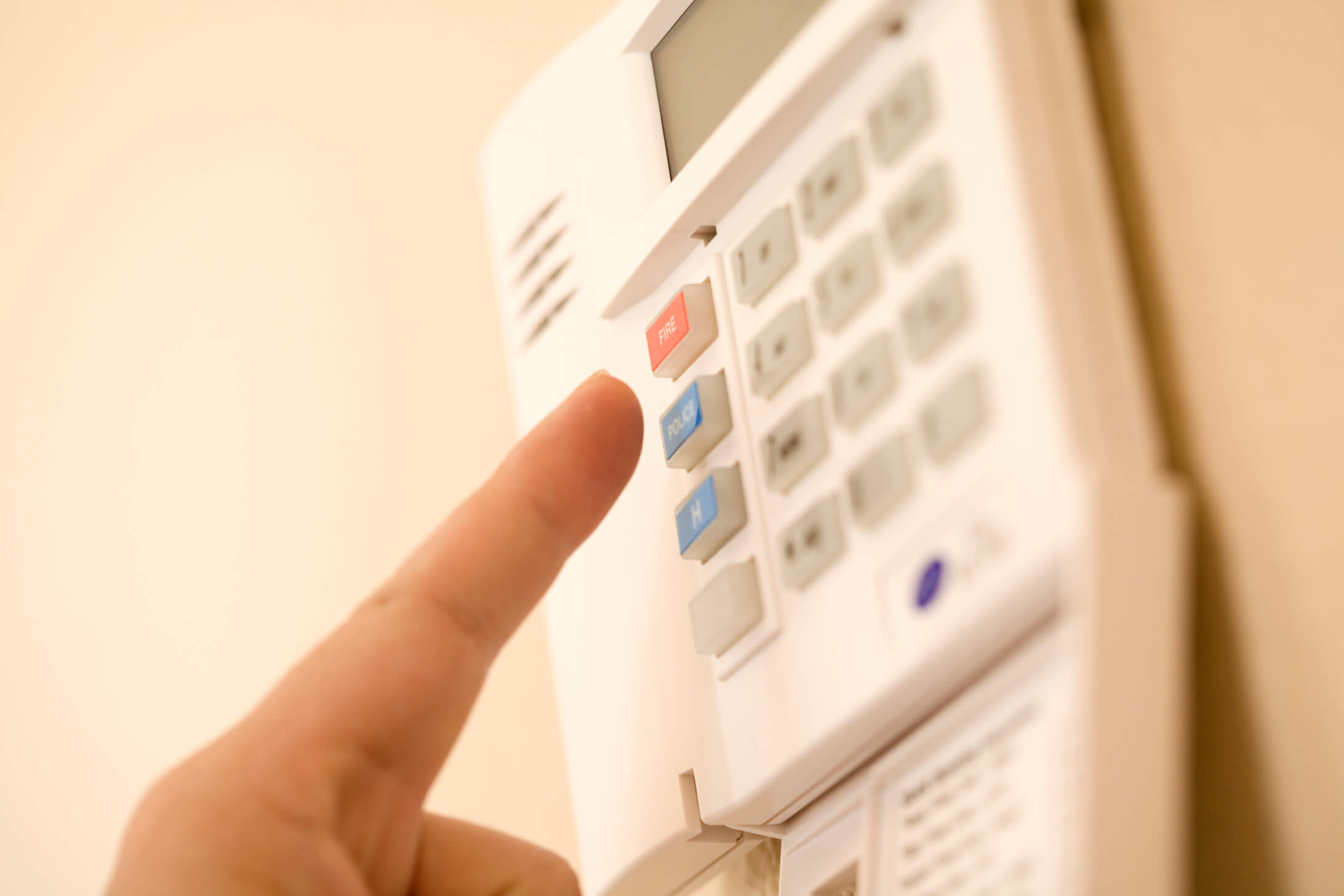
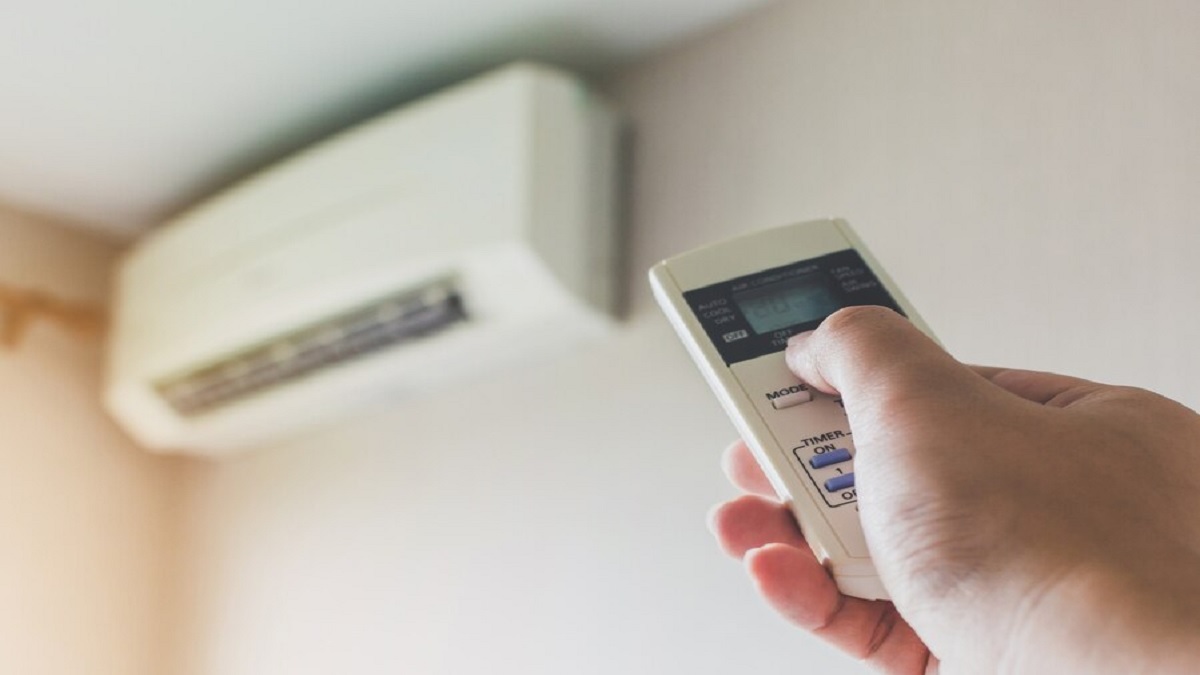



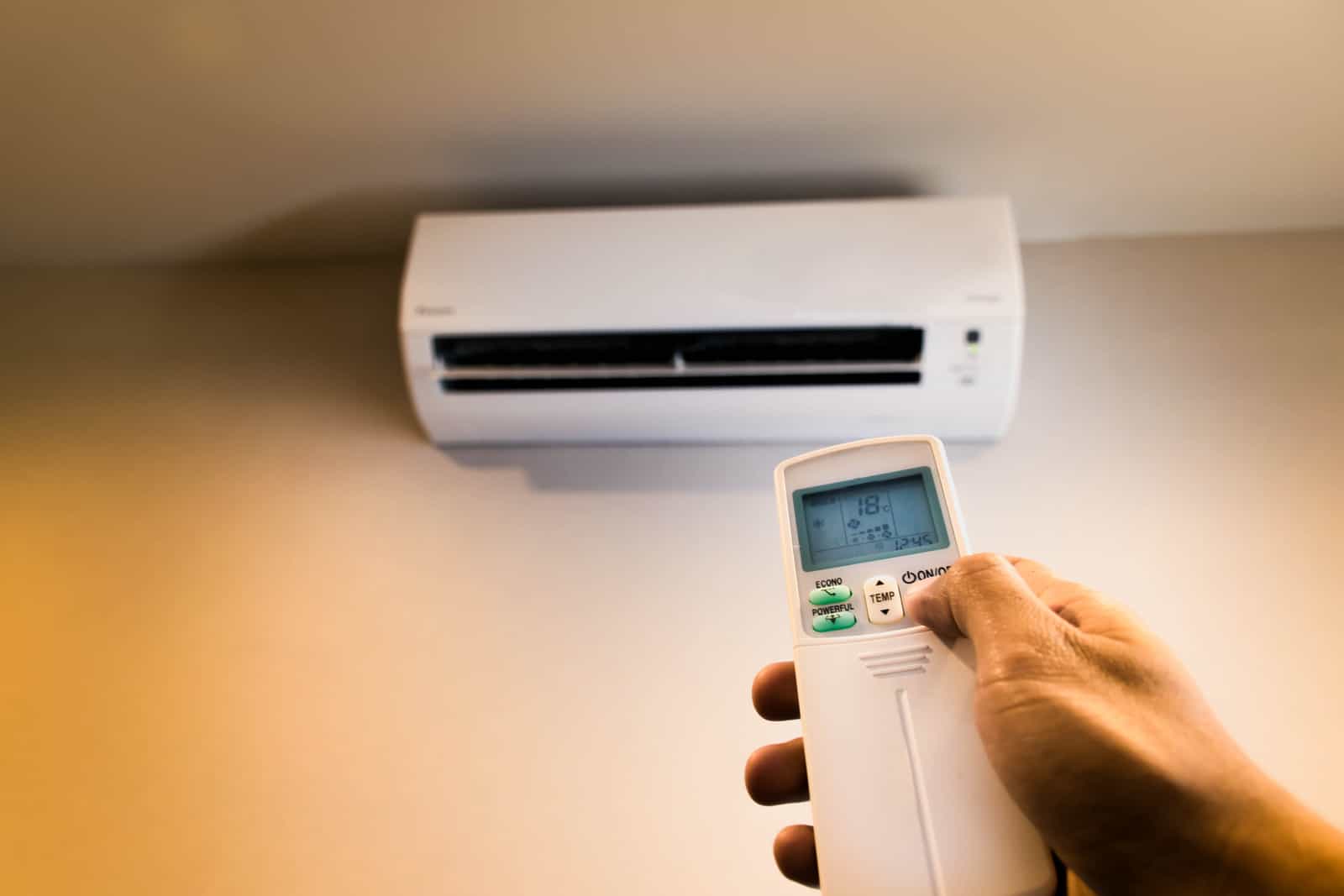
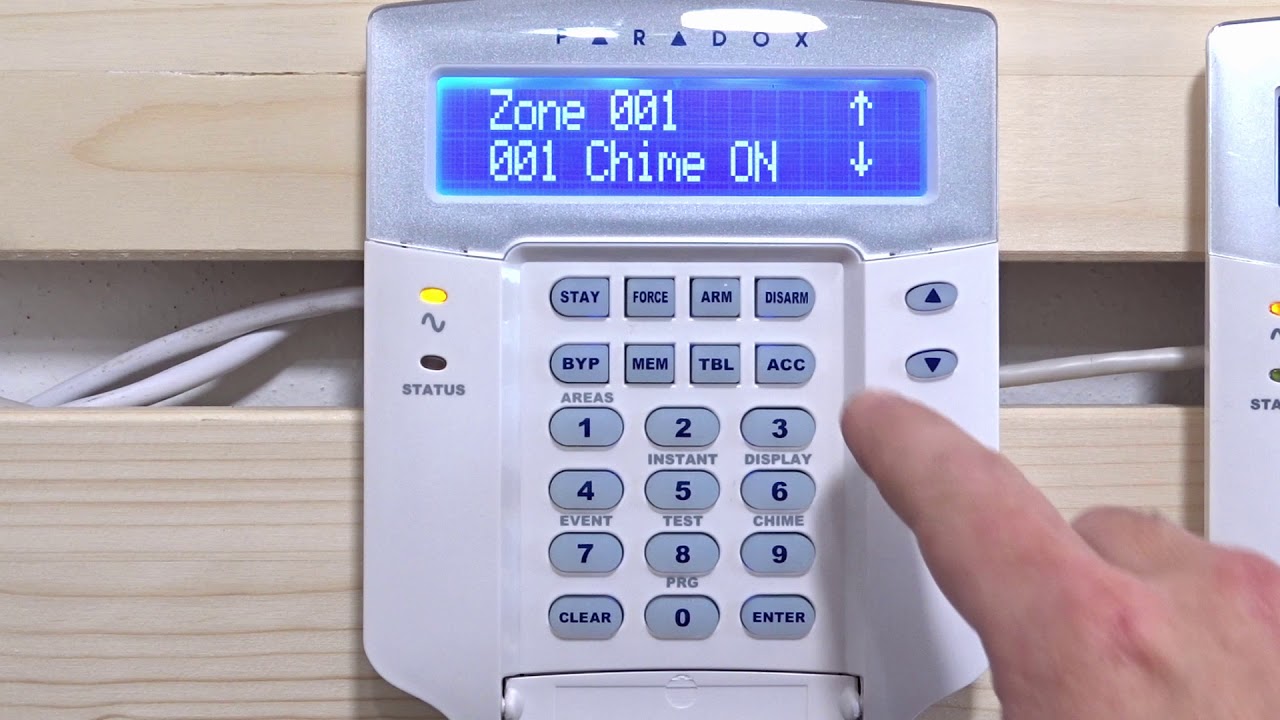
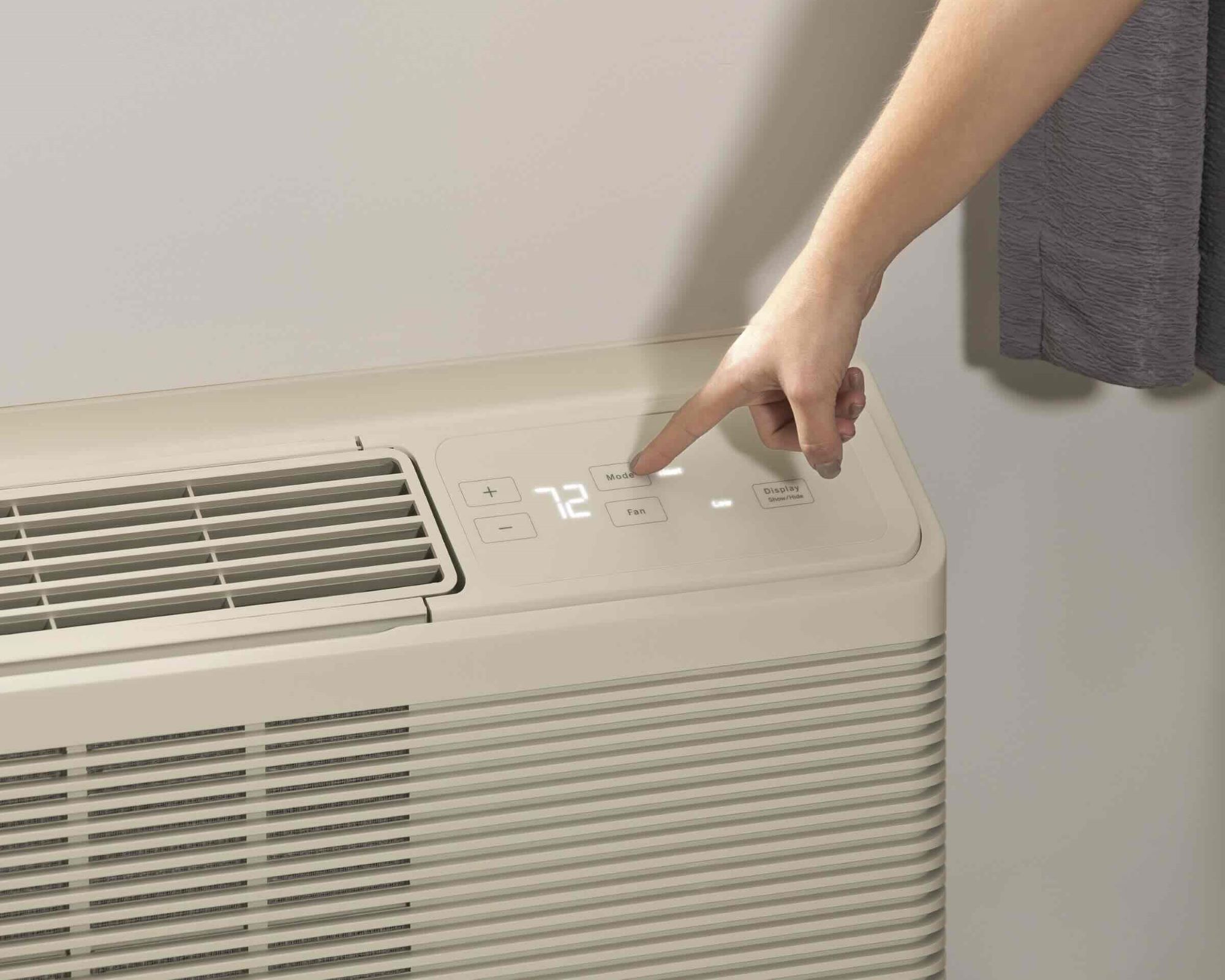
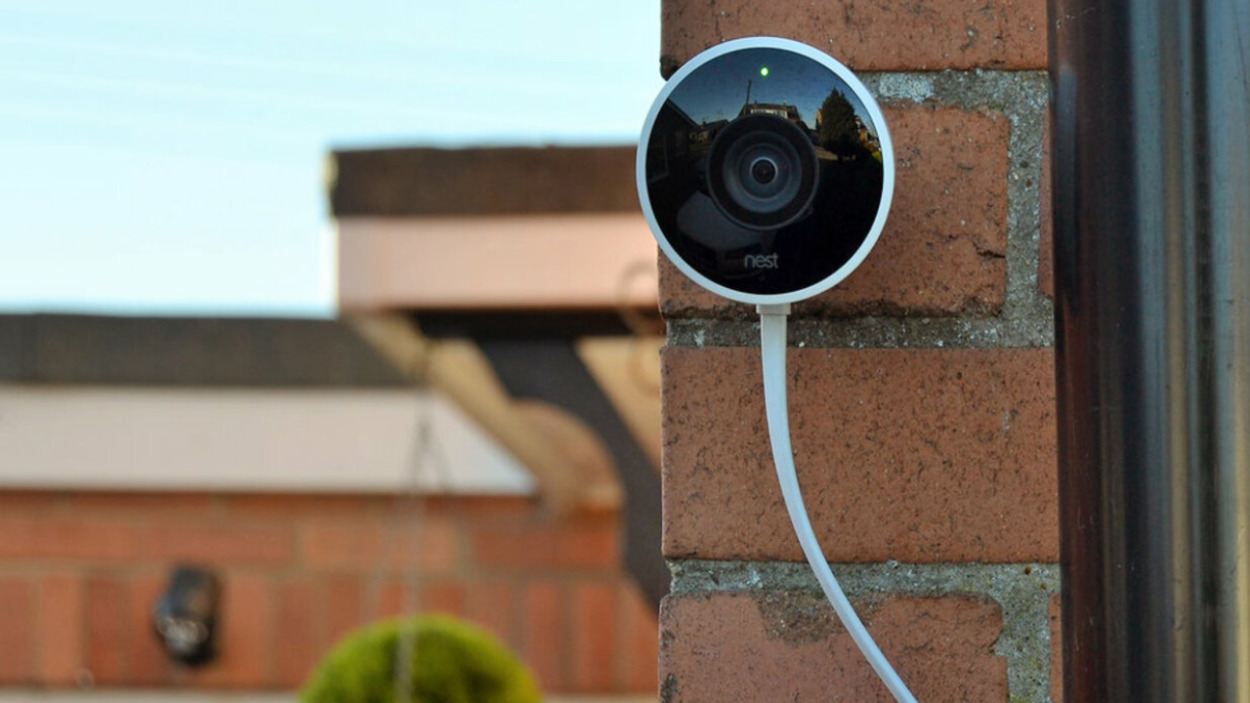
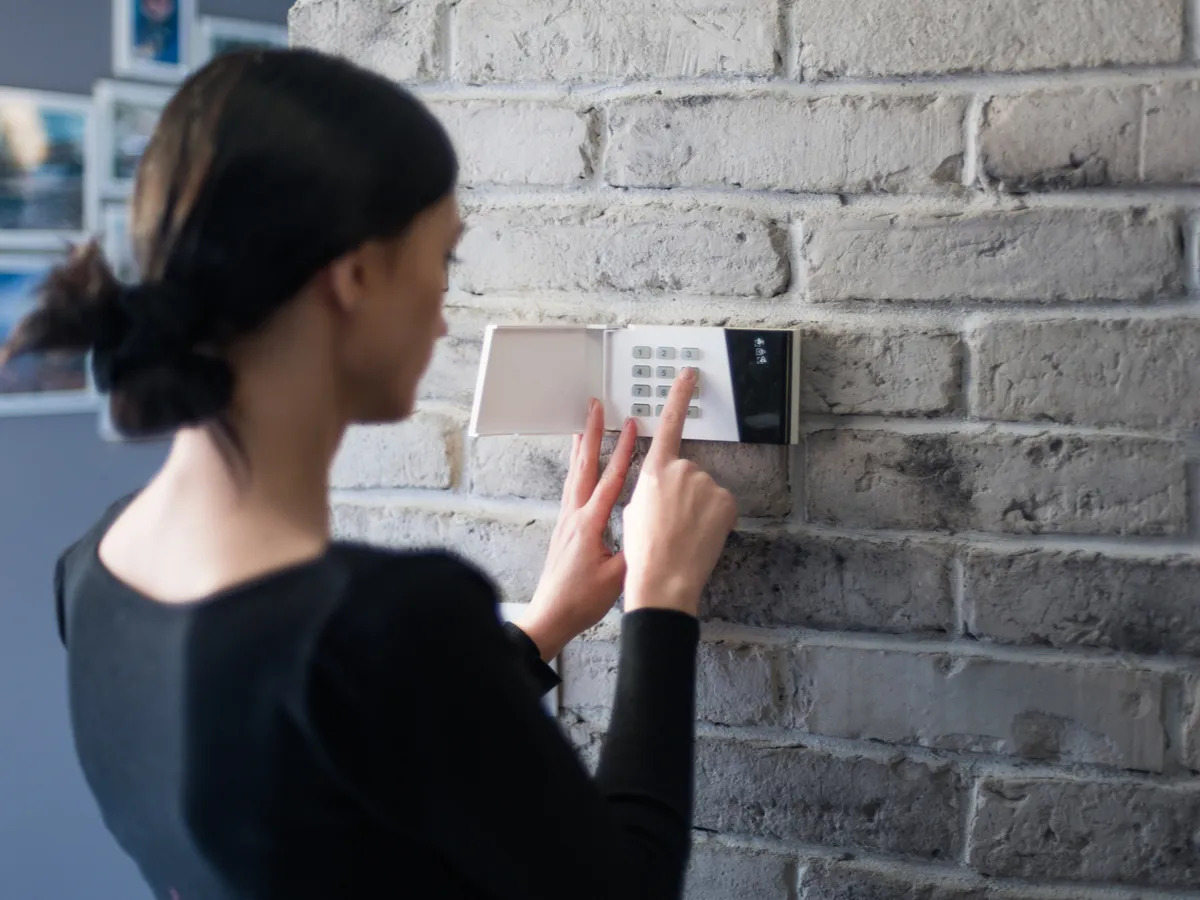
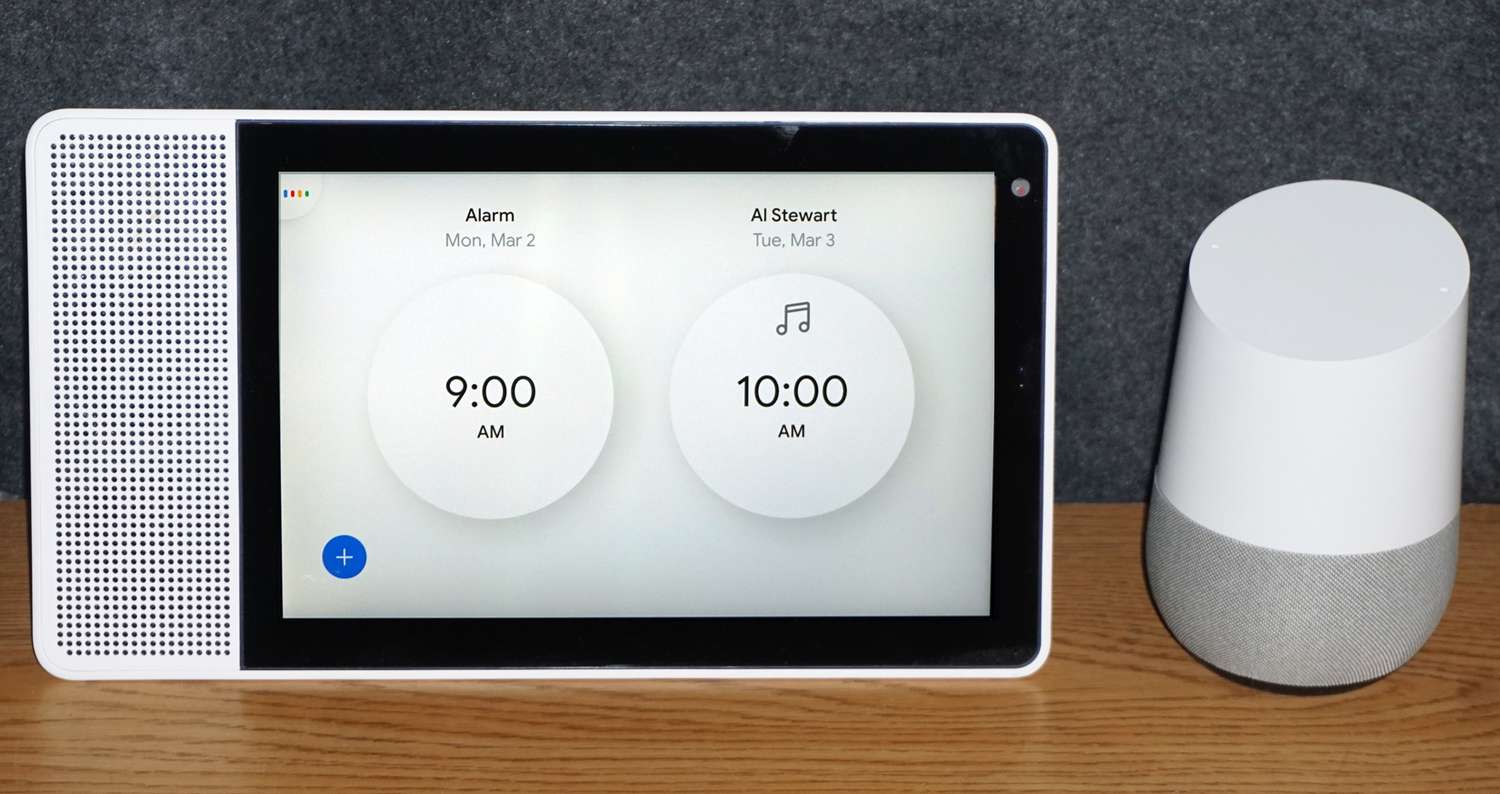
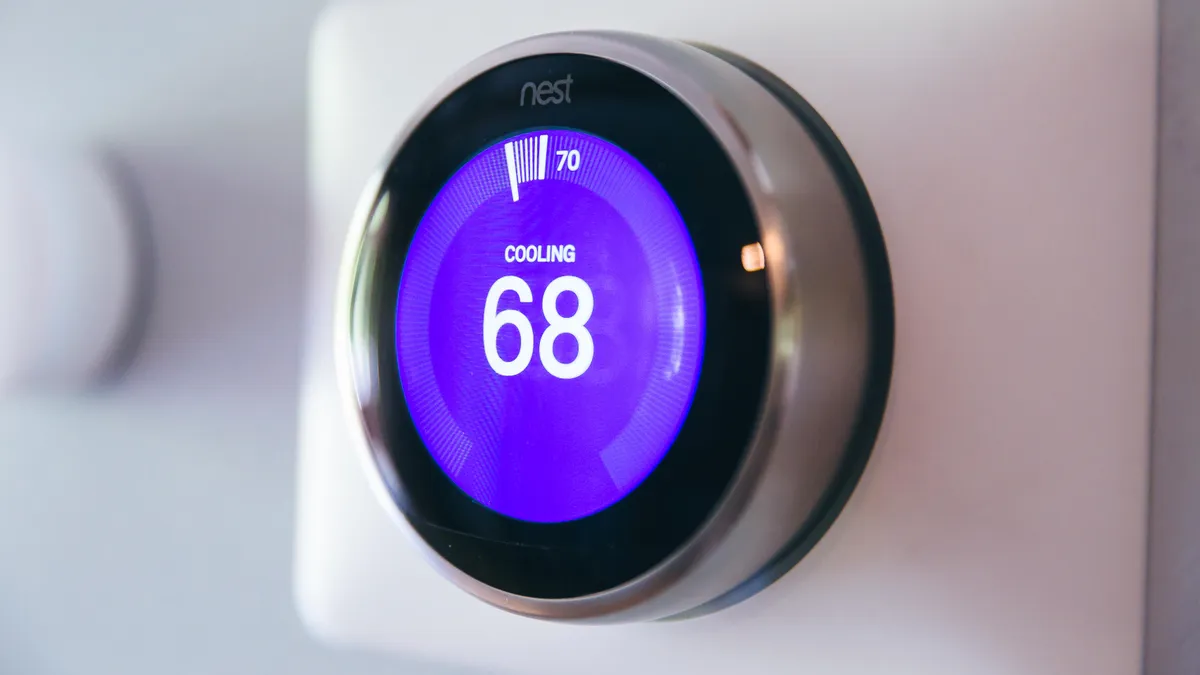
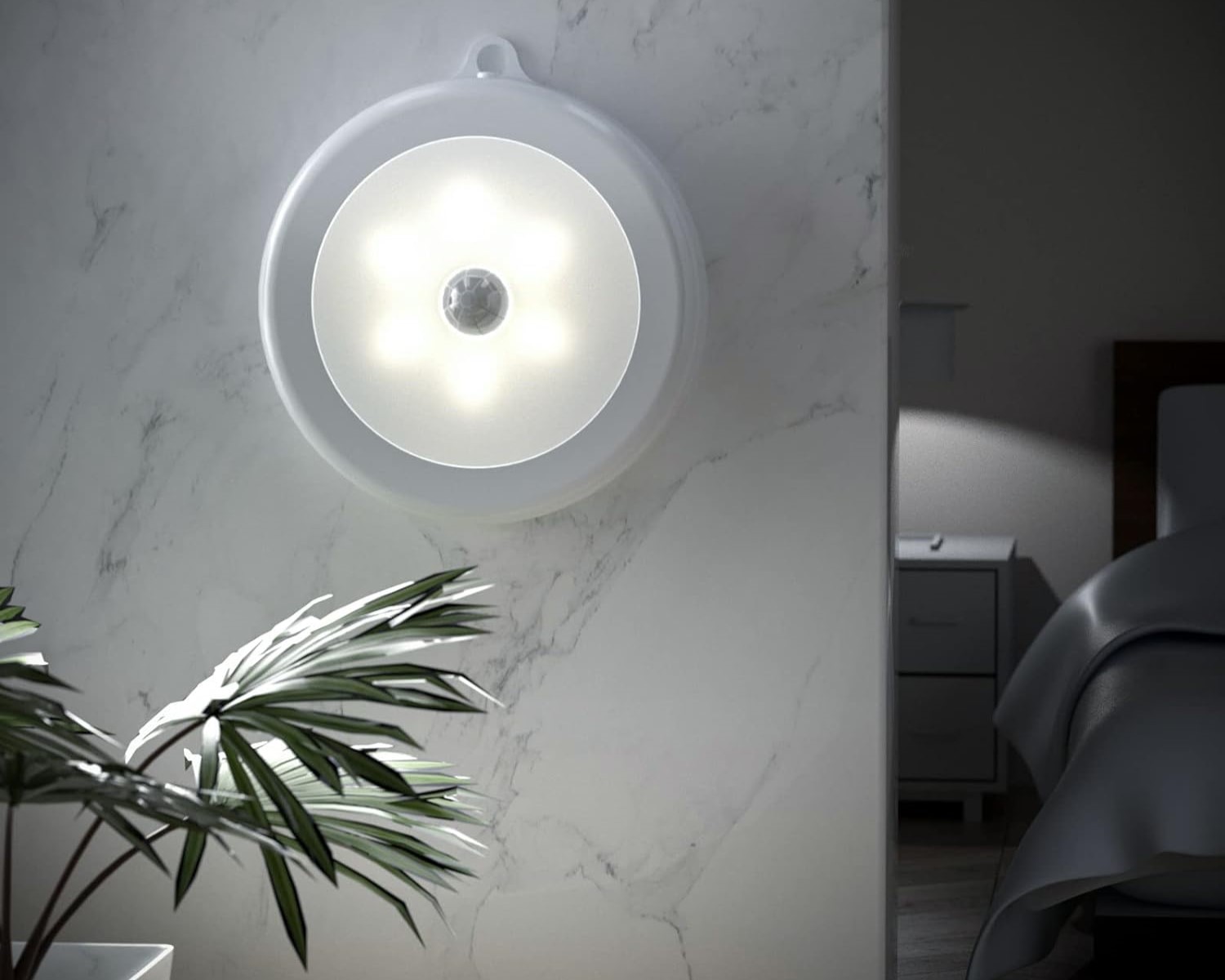
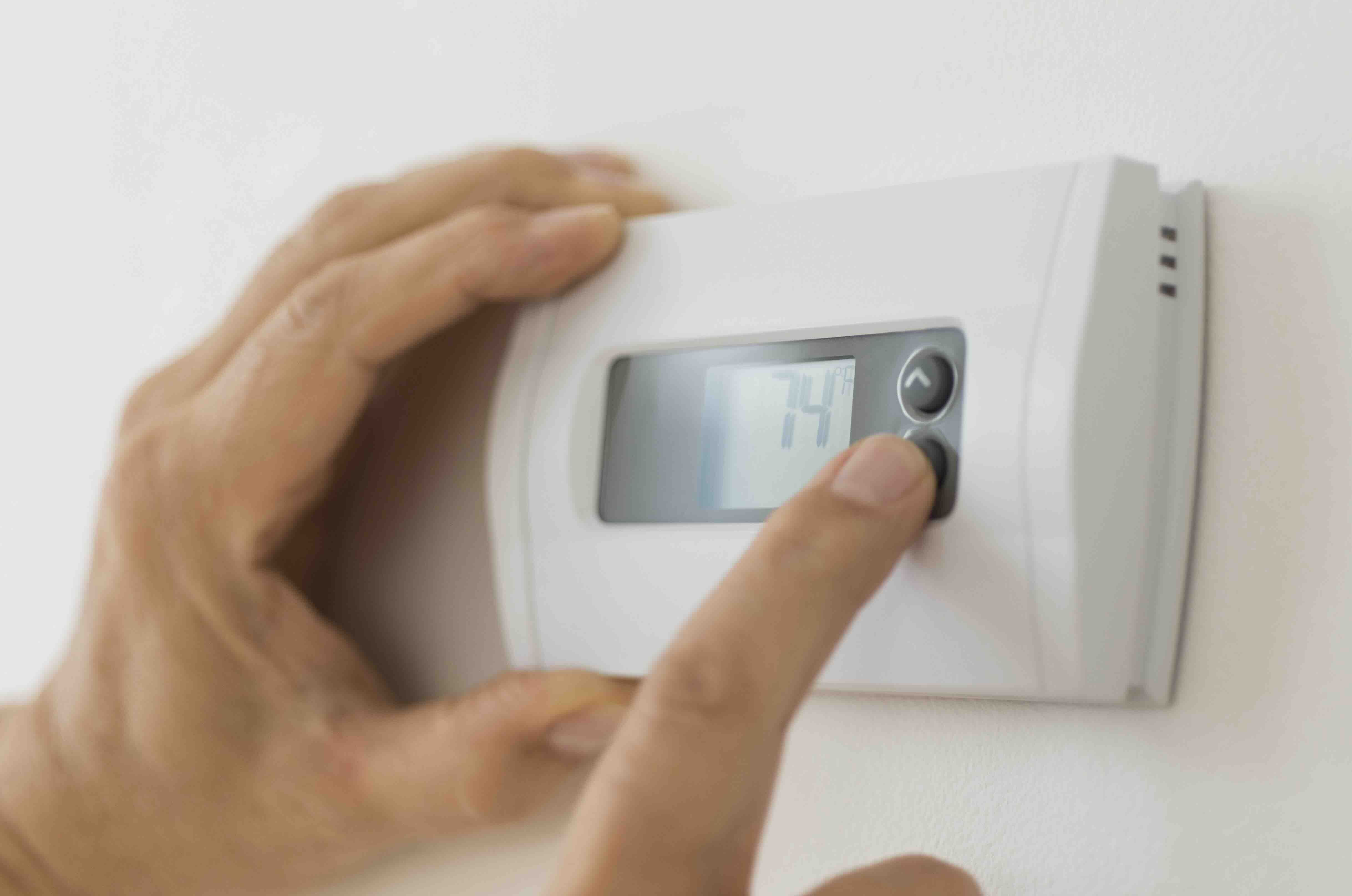

0 thoughts on “How To Turn Off Power At The Fuse Box In Older Homes”